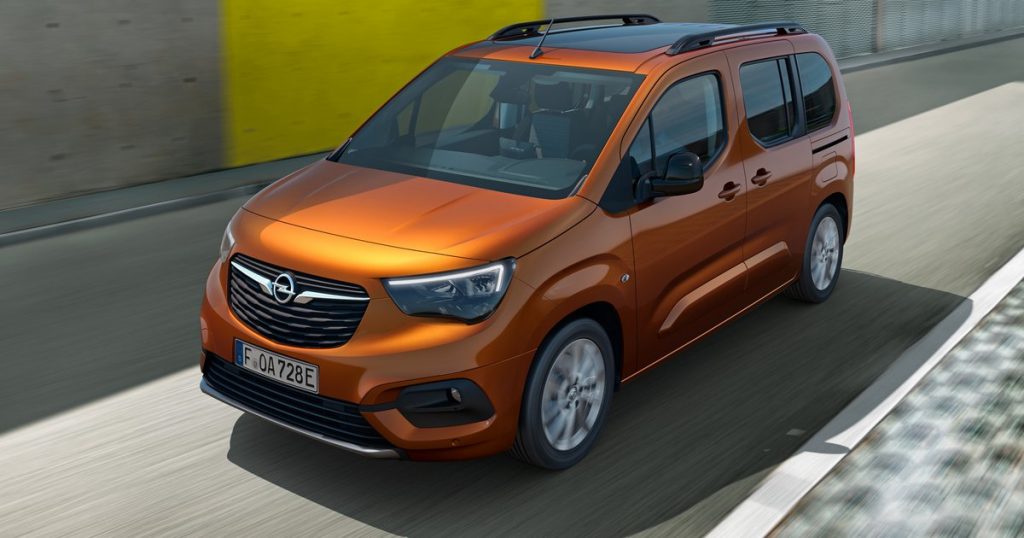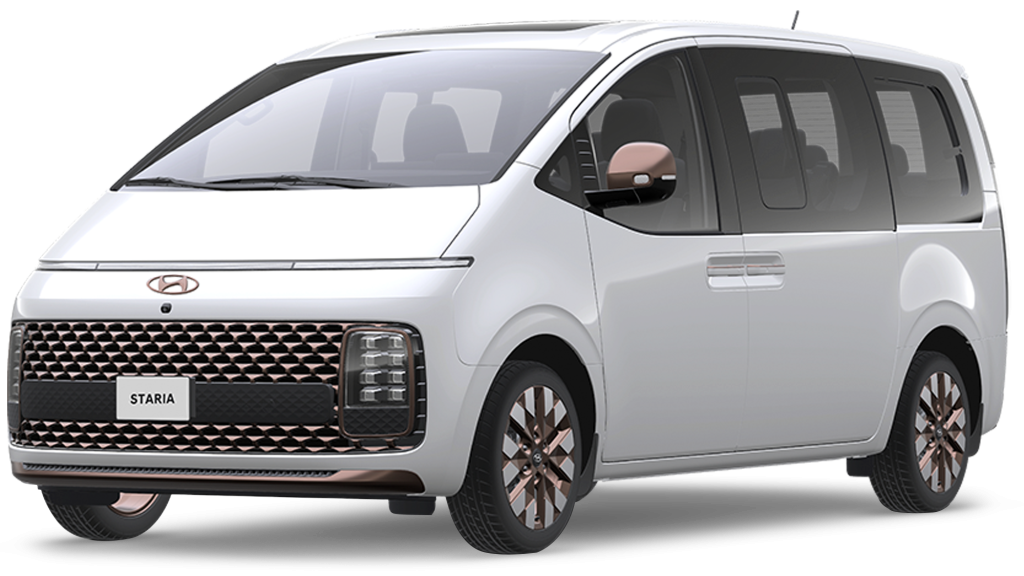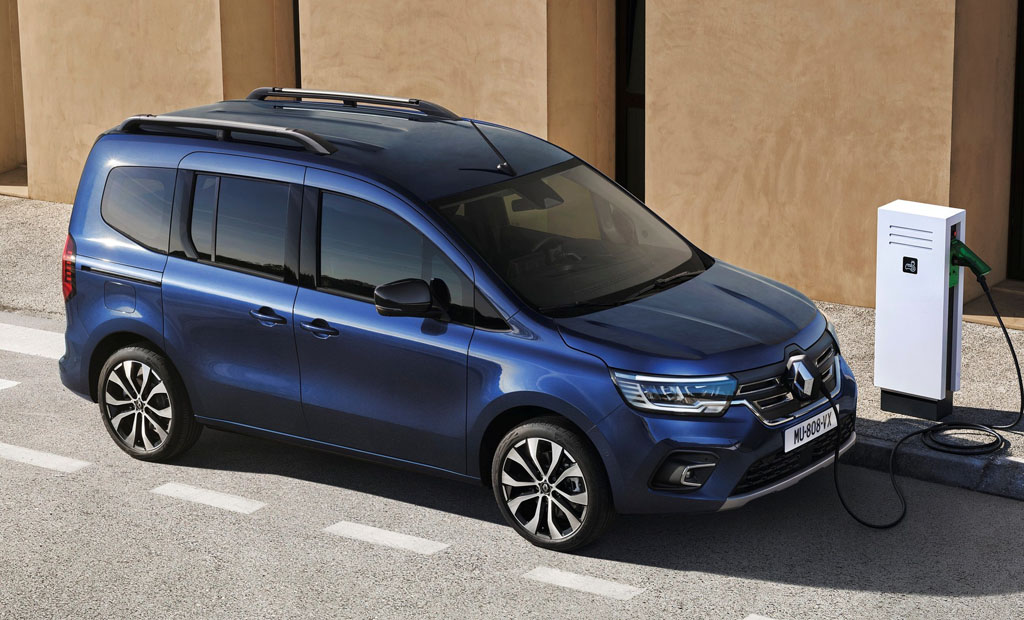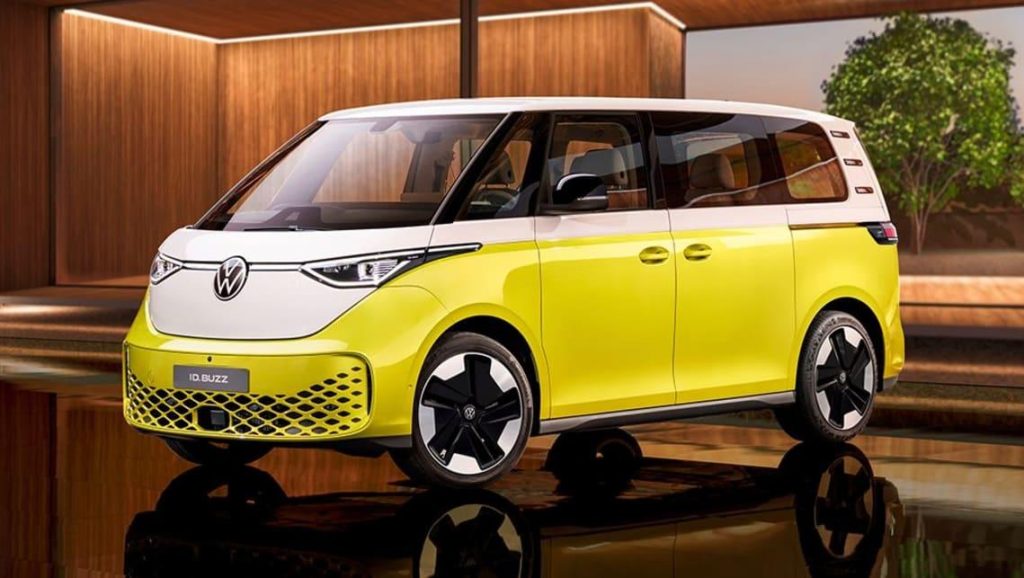
2022-05-01: Our challenge, during May, was to find a replacement vehicle for our diesel powered Mazda 5, turning ten on 2022-10-19. In Norway, over 80% of all vehicles sold are battery electric vehicles (EVs), while another 10% are hybrids. Those still driving ICE vehicles, realize that they are fossils. They may refer to the vehicles, the drivers or both. Readers are free to select their own variant, but I have elected both, if only because choosing an EV requires a mindset open to change. Such a mindset is helped by volatile diesel and gasoline fuel prices, with some consumers complaining they have paid NOK 30 per litre (US$ 12 per gallon). Prices bounce. On Monday 2023-02-13, the price was slightly over NOK 18 in the morning, but over NOK 25 in the afternoon. Rather than increasing the wealth of oil investors, I would prefer to pay a premium for a vehicle that uses renewable energy. EVs are sweetened with financial and other incentives provided, in our case, by the Norwegian government.
Yet, there is a certain amount of time pressure in finding something suitable. Government incentives are being reduced. Currently, Norwegian EV purchases are exempt from value added tax (VAT). Effective 2023-01-01, VAT will apply on that part of an EV expenditure that exceeds NOK 500 000. The government claims that there are vehicles available that cost less than this. There will also be a weight tax, NOK 12.50 per kilogram gross-vehicle weight that exceeds 500 kg. In addition, EVs have their official weight reduced (for tax purposes) by the weight of the battery, which can be up to several hundred kilos.
Many Norwegians feel they need to buy more expensive and heavier vehicles. Narrow, curvaceous, steep mountainous roads demand good handling, power, energy and braking capacity, preferably with generous amounts of safety equipment onboard, should an unfortunate event occur. Utility trailers, the ubiquitous Norwegian replacement for a pickup, also require power and energy. Ideally, the vehicle is under five meters in length and two meters in width, with a low centre of gravity. Range is another desirable attribute, not so much for the daily commute, but for the weekend, when Norwegians travel to areas of natural beauty and low population density, that typically lack built-out charging facilities. These features add to the price of an EV.
Segments
Throughout the world there are different ways to categorize vehicles. Wikipedia has an article about car classification that attempts to explain these, and to compare and contrast the various systems in use. In Europe, vehicles are classified into segments, most often by size, from A (mini = city) to D (large = American mid-size). E, F and S are used for executive = American full-size, luxury and sports vehicles, respectively. In addition, J-segment (sports-utility) vehicles were originally vehicles equipped with four-wheel drive. Now, this requirement seems to have been dropped. Vehicles in this segment offer elements of on-road passenger cars with some off-road features, most notably raised ground clearance and higher seating, the H5 measurement. The segment is currently dominated by crossovers, with a more luxurious interior, but with a conventional exterior appearance. M-segment (multi-purpose) vehicles are often described as van-based passenger cars, but include other taller vehicles as well. Both the J- and M-segments are further divided into small and large groups.
The American Environmental Protection Agency (EPA) classifies many passenger cars on the basis of a vehicle’s total interior passenger and cargo volumes. An exception involves SUVs, that are classified as light-duty trucks, resulting in more lenient regulations compared to other passenger cars. Light-duty trucks are classified based upon their gross vehicle weight rating (GVWR). Heavy-duty vehicles are not included within the EPA scheme. In contrast, the United States National Highway Traffic Safety Administration (NHTSA) separates vehicles into classes by the curb weight of the vehicle with standard equipment including the maximum capacity of fuel, oil, coolant, and air conditioning.
Increasingly, there are challenges with these segment designations, especially their conflation of comfort level and size, as well as the exemption of SUVs and pickups from environmental standards. Personally, I have never understood the appeal of a limousine, with an excessively long yet low body style. They do not even make particularly good lowriders! The Hyundai Staria is a much better luxury vehicle, combining a van exterior with a more luxurious interior, a cruise ship lounge inspired interior that uses hanok, a traditional Korean architectural style, to provides a sense of spaciousness and to connect the outside to the inside.
To put things into perspective, the vehicles we have owned in Norway fit into the following segments: Subaru Justy (B), Volkswagen Golf (C), Citroën Berlingo (M-small), Citroën Evasion (M-large), Hyundai Matrix (M-small), Mazda 5 (M-small). Two-thirds of all vehicle purchases, and all in the new millennium, were M segment vehicles. All of these vehicles were front-wheel drive, although the Justy also could use 4 wheel-drive, when needed.
The J segment is the category that sells the most vehicles in Europe. Regardless, Patricia and I seem to be dedicated M-segment people. In addition, after 36 years of driving front-wheel drive vehicles, we prefer them, when given a choice between front- and rear-wheel drive. We have no need for four-wheel drive, as we can now just avoid driving when whether conditions are at their worst. It is difficult to believe that since our marriage in 1978, at least some of our preferences have merged.
Within the M-small segment four families of vehicles had been investigated, on paper. Unfortunately, they were not available to drive, or even look at, so – initially – no conclusions could be reached. These vehicles could all carry five passengers and lots of goods.
On Tuesday, 2022-04-03, we attempted to see some Stellantis M-segment vehicles in Verdal. In this segment, Stellantis produces: Citroën Berlingo Multispace, Opel Combo Life, Peugeot Rifter and Toyota Proace Verso. We visited both a Peugeot dealer – who theoretically also sells Citroën products – and an Opel dealer. They could only show us cargo vans. Despite this, after a few days we received an offer on an Opel Combo Life, at NOK 445 000, but this was missing the colour option we wanted – a yellow vehicle. That would cost at least another NOK 30 000, bring the cost to about NOK 475 000.
On Thursday, 2022-05-05, we sent an email to our preferred Hyundai dealer, asking when an electric passenger version of the Hyundai Staria van was going to be made in Europe, and available for sale in Norway. The reply was that it would not be available until at least 2024, putting it outside of our timeframe.

We also contacted appropriate dealers about Mercedes-Benz EQT, Nissan Townstar and Renault Kangoo EVs. All of these would be made by Renault. We were told by multiple dealers that they would arrive in Norway, about 2022-11. Checking websites on 2023-02-01, they are not available. These were designed simultaneously as both as an ICE vehicles and EVs. They entered production in 2021 as an ICE variant. While these vehicles three years more modern than the Stellantis models, they are still designed with multiple sources of power in mind, making them less desirable than a product that is EV only. We were told that the Nissan Townstar EV would have a price starting of about NOK 370 000. With a little optional equipment, these will cost about the same as their Stellantis equivalent. The gasoline version has a starting price just under NOK 500 000.
Media reports indicated that the Volkswagen ID. Buzz was expected to be available in Norway by the end of May. On 2018-02-05, I had publicly sworn not to buy another Volkswagen product, because of Dieselgate. Despite that, I contacted my local Volkswagen dealer, and discovered that NOK 700 000 was the salesman’s best guess at a base price, perhaps more. Totally out of our price range.
Here is a comparison of the specifications for these three available product families in alphabetical order: Renault, Stellantis and Volkswagen. The best value is in bold. Power = 90/ 100/ 150 kW; torque = 245 / 260/ 310 Nm; battery (gross) = 45/ 50/ 82 kWh; range WLTP mixed = 300/ 280/ 418 km. Dimensions = length x width (excluding mirrors) x height = 4486 x 1919 x 1893/ 4403 x 1848 x 1878/ 4712 x 1985 x 1937 mm; wheelbase = 2785/ 2716/ 2988 mm; ground clearance = 180/ 164/ 143 mm; trunk capacity = 775/ 597/ 1121 litres; trailering capacity = 1 500/ 750/ 1 000 kg. Renault excels in terms of ground clearance and trailering capacity, but Volkswagen exceeds at everything else.

On 2012-10-19 we purchased a Mazda 5 that cost NOK 275 000, which involved an almost NOK 50 000 discount, as the model was being discontinued. Before we first started looking at vehicles in 2022, we set the maximum price at about NOK 400 000. The only vehicle we found within this price category, that we liked, was the Renault Zöe. We drove one and concluded that it had acceptable characteristics including various types of driver assistance, power and range. With these options, its price was NOK 310 000. However, its small size would require that an additional larger vehicle be available for some purposes, effectively meaning that we would be unable to dispose of the Mazda 5. This was not an ideal solution.
Stellantis multi-purpose vehicles (MPVs) = Citroën e-Berlingo/ Opel or Vauxhall e-Combo Life/ Peugeot Rifter were designed as ICE vehicles in 2018. They were updated to include EV versions in 2021. Unfortunately, equipment has not been significantly updated for the 2020s. For example, only halogen headlights are available. No LEDs, and not even Xenon lights, are offered. With far too many long, dark nights, Scandinavians are willing to invest in vehicle lighting. One of the reasons we bought our Mazda 5 was that it came equipped with Xenon lights.
Electrek estimates the current price of a battery pack for an EV at US$ 132/ kWh (or about NOK 1 300) down from US$ 1 200 in 2012. One of the main challenges with a Stellantis MPV is its limited battery size, 50 kWh, in contrast to a VW ID. Buzz with 83 kWh (gross)/ 77 kWh (usable). Thus, the 30 kWh extra capacity is worth about NOK 40 000.
The ID. Buzz is also equipped with vehicle to house (V2H) bidirectional capability. This means that it can power electrical appliances and tools in off grid settings. During a power outage, the vehicle can be used as a power source to keep the electrical system in a house running. Since, our house may soon be equipped with an additional storage battery of 30 – 100 kWh capacity, the Buzz will be able to drive to a public fast charger to bring more electrons back! It may surprise some readers, but we experience electrical power outages about once a month. Sometimes they last only a few seconds, and most are under an hour in duration. It is still an inconvenience. Currently, many houses use wood stoves to provide warmth during longer outages, but these are ineffective at cooking meals, and useless at keeping food cool/ frozen or providing lighting. The V2H capability has been written about in a previous weblog post. It is assessed a nominal value of NOK 20 000.
Vehicle autonomy is often categorized in six levels. These are often coded as: Level 0 – no automation; Level 1 – hands on/shared control; Level 2 – hands off; Level 3 – eyes off; Level 4 – mind off, and Level 5 – steering wheel optional. Volkswagen claims that ID. Buzz will in the future be able to operate at level 4. In 2022-04, it started testing of an autonomous ID. Buzz AD prototype with Argo AI on public roads. The vehicle already comes equipped with some level 3 capabilities, such as autonomous parking. This is an important, especially for older drivers. The current autonomous driving capability is assessed a nominal value of NOK 20 000.
One issue with the Stellantis MPV is its use of halogen lighting. LED headlight use less electrical energy and run cooler. They produce a whiter and brighter light of 3 000 to 4 000 lumens, in contrast to the yellow of halogen bulbs at 1 000 to 1 500 lumens. LED headlights cast a larger and brighter light pattern on the roadway, so it improves driver situation awareness, while halogens cast a smaller, yellowish light pattern. Unfortunately, many oncoming vehicle drivers suspect that a LED outfitted vehicle is using its high beams, when they are not. LED lights are more durable, but more expensive and complicated to repair/ replace. LED lights are small and provide vehicle designers with a greater opportunity for design creativity. In Norway, retrofitting halogen with approved LED headlights costs a minimum of NOK 20 000. This is the value that will be assigned to LED lighting.
Not everyone in the automotive press is enthusiastic about the driveline on the ID. Buzz. With 150 kW of power, and 310 Nm of torque, its top speed is limited to 145 km/h, with an official acceleration from 0 – 100 km/h of 10.2 s. If this is too little, one wonders how they would react to 100 kW of power and 260 Nm of torque with the Stellantis MPV. Its top speed is 130 km/h, with an official acceleration from 0 – 100 km/h of 11.7 s. I do not expect to drive over 120 km/h, so the additional top speed is not particularly useful. Locally, the speed limit is 90 km/h, although the new highway to Trondheim is expected to have a speed limit of 110 km/h. There are some test sections with limits of 120 km/h, which is the maximum speed in Sweden and Finland. Denmark has motorways allowing 130 km/h.
Some of the extra power in the Buzz will compensate for the extra mass of the vehicle. On the other hand, the Stellantis MPV is fitted with front-wheel drive. Perhaps this is the only feature that I appreciate more on the Stellantis MPV than on the VW ID. Buzz. Rear wheel drive could be regarded as an acceptable price to pay for owning an iconic vehicle. It is difficult to find out what additional power and torque in a driveline actually costs, but- after deducting the value of front-wheel drive – will once again will use NOK 20 000 as its nominal value.
This total of NOK 120 000 more than accounts for its increased value of the Volkswagen ID. Buzz, in relation to a Stellantis MPV. In addition, the larger space for passengers and goods, and its iconic aesthetics, have not even been taken into consideration, in terms of assessing its economic value.


